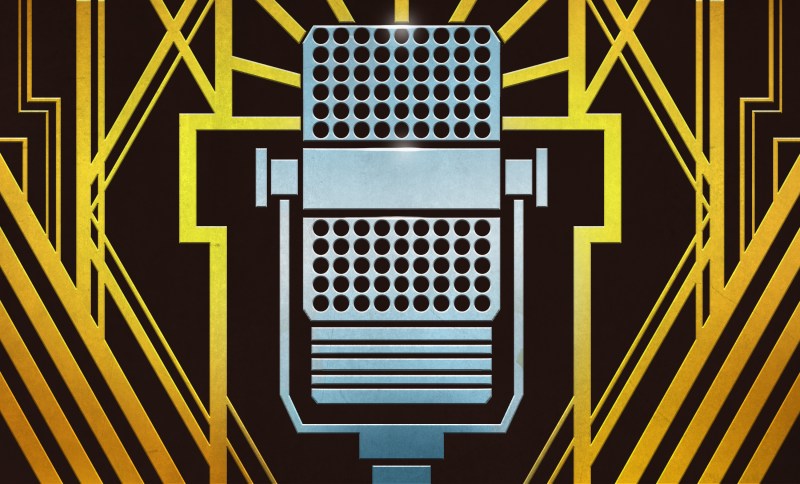This week, Editor-in-Chief Elliot Williams and Managing Editor Tom Nardi find themselves in the middle of a slow news week, so they dispense with the usual timely chit-chat and dive right into the results of a particularly tricky “What’s that Sound” challenge.
From there they’ll cover the new breed of ATtiny microcontollers (and why you probably won’t be buying them), a recently unearthed Z-80 consumer gadget that’s begging to be reverse engineered, the fine art of electrifying watercraft, and a particularly impressive speech recognition engine. Stick around till the end to hear about the potential dangers of unsecured EV chargers, and take a walk down memory lane to a time when soldering irons and paper schematics ruled the world.
Check out the links below if you want to follow along, and as always, tell us what you think about this episode in the comments!
Download the podcast for safe-keeping!
Episode 195 Show Notes:
What’s that Sound?
- The week’s sound was static electricity generated by a CRT display. Congrats to [Nate from Chile (from Detroit)]
Interesting Hacks of the Week:
- Come Learn About New ATtiny Generations
- NABU PC – A 1984 Z-80 Computer You Can Buy Today
- DIY Self-Assembling 4D Printing
- This Electric Outboard Conversion Makes For A Quiet Day On The Water
- Here’s A Plain C/C++ Implementation Of AI Speech Recognition, So Get Hackin’
- Making 3D Print Time-lapses With Old Earphones And A Few Spare Parts
Quick Hacks:
- Elliot’s Picks:
- Tom’s Picks:
















About gas pumps being internet connected. Ever notice that a lot of gas stations have satellite dishes on top? I want to say that I’ve seen a few chevron stations with dishes that say Hughs Net on them. It seems like it would be really expensive to connect satellite to each gas station, but I wonder if they do it so they can have a highly reliable data connection so they can keep pumping gas when local telecoms break down. This is mostly speculation, but I’ve always noticed those dishes on gas stations and wondered.
Oh that would be wild. I wonder how much central control there is over the prices at a given (chain) gas station.
Very Small Aperture Terminal (VSAT). The ‘very small’ refers to the size of the dish, which prior to the technology was quite big. (This reminds me of a line in “Brainstorm” where Walken’s character says to Wood’s character: “You can plant flowers all around it. I don’t know what you’re complaining about.”)
The technology was quite popular in the late 1980’s early 1990’s. I worked at a startup “Tridom” around 1990 which produced such. It was acquired by AT&T (and subsequently (after my time) acquired by Hughes, to wit).
In those days it was a big deal because we didn’t have the ubiquity of the consumer Internet yet. The alternatives were 56K leased lines or dialup, or maybe a T1. A continuum of very expensive and very slow. VSAT was disruptive in that you could simply deploy a more-or-less small more-or-less modular unit at retail endpoints such as gas stations or convenience stores and have national network reachability for your enterprise. No provisioning of land lines. Encryption wasn’t so much a thing then, so it was more like a VLAN than a VPN. (Shoot, TCP/IP wasn’t much a thing then either, and usually it was really a bit more like a serial port gateway. But some did do TCP/IP.)
Our marquee customers were folks like Dillard’s, which is a national department store. This enabled outlets to concentrate financials on the daily. It was also popular for convenience stores and especially self-serve like the gas station you mentioned. The more remote and unwired the location, the better. They were working on supporting voice about the time I left.
It is interesting that you’ve noticed it still around, though, in this modern era of ubiquitous terrestrial options (wired or wireless). Perhaps some special need or maybe just simply a contract keeps them around. I don’t know about gas stations on land, but offshore oil platforms surely still make sense.
The latency of essentially bouncing a signal off floating mirror in space is pretty huge. So not the best for a FPS. But daily financials, or card authorizations, or even email — works great.
I remember the days when you would ordering a SAMS Photofacts for you new gizmo.